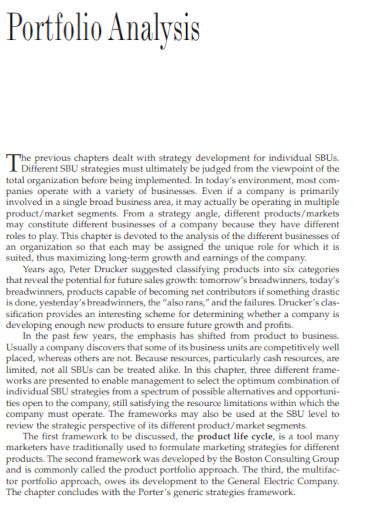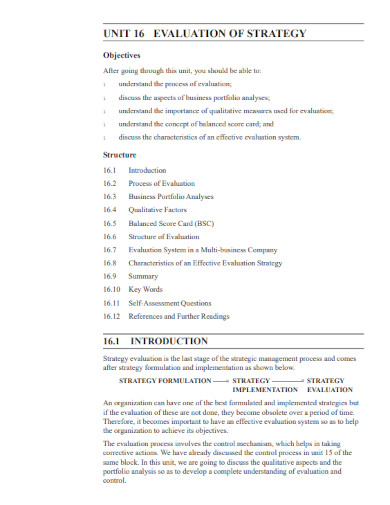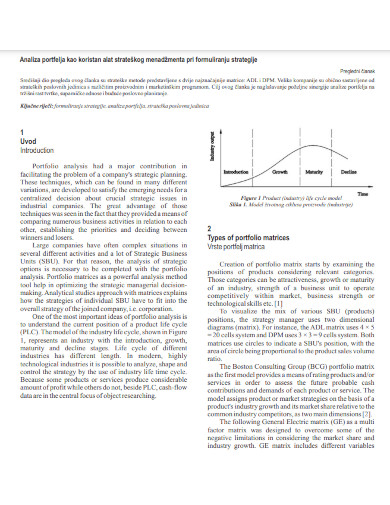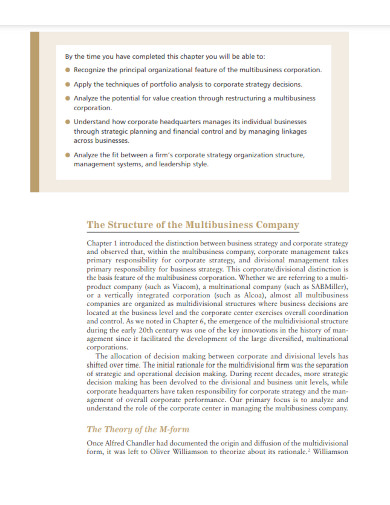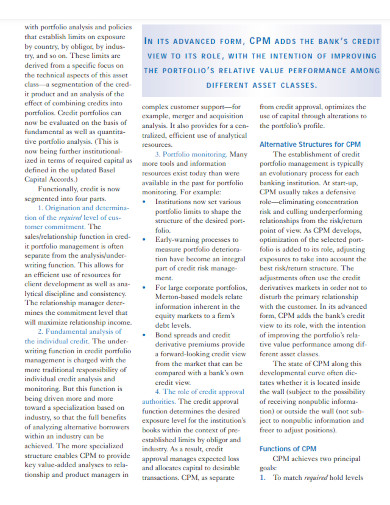A corporate portfolio which is also known as a business portfolio is a document that contains a collection of services and products that a company or business is offering. A corporate portfolio analysis is a process not only used by large enterprises but also by small businesses that provide more than one service or product. Portfolio management is also one of the important aspects of business management which is about finding the connection between business divisions that match each other.
6+ Corporate Portfolio Analysis Samples
1. Corporate Portfolio Analysis Example
2. Corporate Portfolio Evaluation Strategy Analysis
3. Corporate Portfolio Management
4. Corporate Product Portfolio Analysis
4. Managing the Multibusiness Corporation Portfolio Analysis
5. Corporate Portfolio Analysis Report
6. Midterm Corporate Portfolio Analysis
7. Corporate Credit Portfolio Management
What Is a Corporate Portfolio Analysis?
Corporate portfolio analysis is an analytical method used for strategic planning and competitive analysis of small to big businesses or organizations. This analysis can also be defined as a set of systematic approaches to help strategists evaluate a company’s product line which includes its sales performance, production cost, market share, and potential market advantages. It also helps in identifying the elements that are needed to be developed to eliminate the roadblocks from enabling a smoother working process which can eventually lead to an enhanced return on investment.
How to Perform a Corporate Portfolio Analysis
Portfolio management includes a decision-making process on a business field a company wants to operate in, minimizing the risks by categorizing the company resources and decreasing the interdependence of results, generating a new strategic plan by seeking new opportunities, and balancing the portfolio according to the current market trends. Portfolio analysis is an aspect of investment management that analyzes and assesses the performance of a portfolio and its corresponding risks.
Step 1: Determine the Expectations of the Investors and Characteristics of the Market
To write your portfolio analysis, start by determining your investors’ expectations and the target market in which assets will be invested. Alignment with the expectations of the investors on the risks, investment return, and market factors will help in achieving the business goals of the portfolio.
Step 2: Define the Allocation of Assets
Companies need to define the kinds of assets their portfolio will invest, what materials and tools will be needed to analyze the portfolio, the type of benchmark it will be compared with, the frequency of the performance measurement, and more.
Step 3: Conduct a Performance Evaluation
After defining your assets, the portfolio performance will be evaluated and analyzed to determine if the portfolio has achieved its objectives and determine necessary corrective action plans.
Step 4: Make the Necessary Changes
You can make changes to the investment objective if necessary. Incorporate these changes to the portfolio to ensure that its analysis is updated and to monitor the investor’s expectations.
FAQs
What are the advantages of portfolio analysis?
Portfolio analysis enables investors to assess the sales performance of a company and make adjustments to their marketing strategies, compare the portfolio against benchmarks, realign investment strategies, and separate underperforming and outperforming aspects of the portfolio.
What are the purposes of conducting a portfolio analysis?
A portfolio analysis aims to analyze the current business portfolio and determine which of the businesses should be given more or less investment, design growth strategies, and determine which of the businesses should not be retained.
What are the different corporate portfolio analysis techniques?
The techniques or methods used for corporate portfolio analysis are the BCG Matrix or Product Portfolio, GE Nine Cell Model, Hofer’s Product Market Evolution, Directional Policy and the Strategic Position, and Action Evaluation Matrix.
Corporate portfolio analysis is a method used for strategic planning in making decisions related to the products and services in a business portfolio. With this method, businesses or companies can analyze their current portfolio, decide their SBU investment distribution, add new products or services, and decide whether to retain or remove a product or service. It also helps in evaluating the product line of a company which refers to its sales performance, market share, cost of production, and possible market strength.
Related Posts
FREE 10+ Analysis of Alternatives Samples in PDF
FREE 10+ Failure Mode and Effects Analysis Samples in PDF
FREE 10+ Make or Buy Analysis Samples in PDF
FREE 10+ Fishbone Root Cause Analysis Samples in PDF
FREE 11+ Cost Volume Profit Analysis Samples & Templates in PDF | MS Word
FREE 10+ Fault Tree Analysis Samples in PDF
FREE 10+ Comp Analysis Samples in PDF
FREE 10+ Fishbone Analysis Samples in PDF
FREE 10+ Individual Swot Analysis Samples in PDF
FREE 10+ 5 Year Analysis Samples in PDF
FREE 10+ Benefit Costs Analysis Samples in PDF
FREE 10+ Job Hazard Analysis Samples in PDF
FREE 10+ Primary Source Analysis Samples in PDF
FREE 10+ Critical Path Analysis Samples in PDF
FREE 10+ Competition Analysis Samples in PDF

